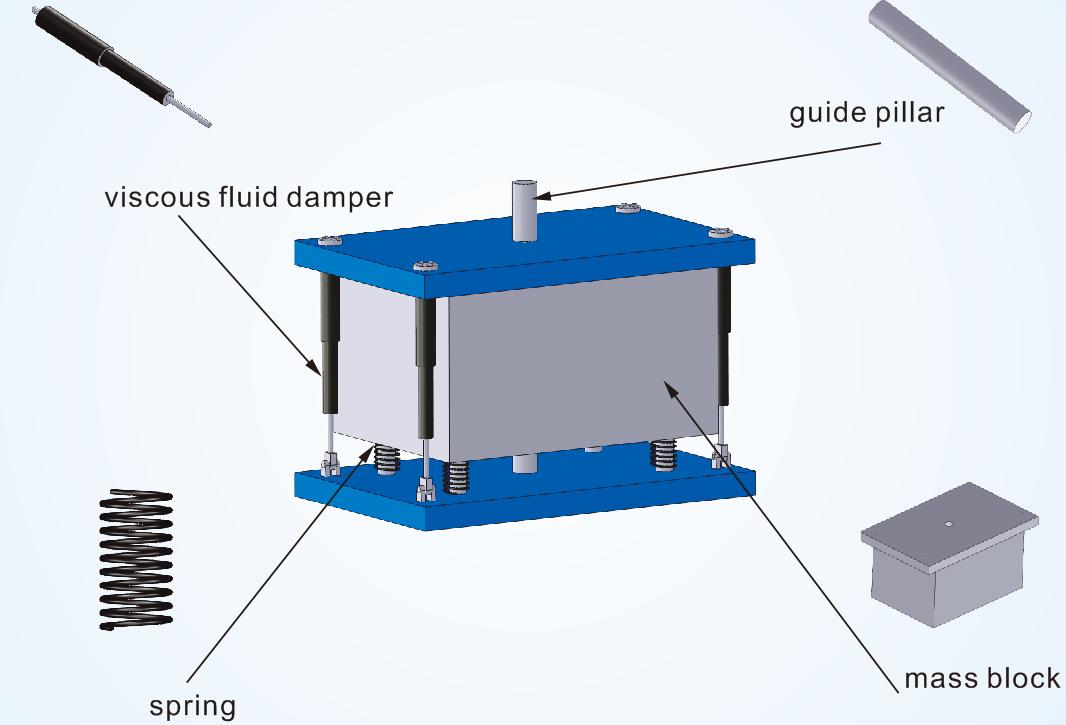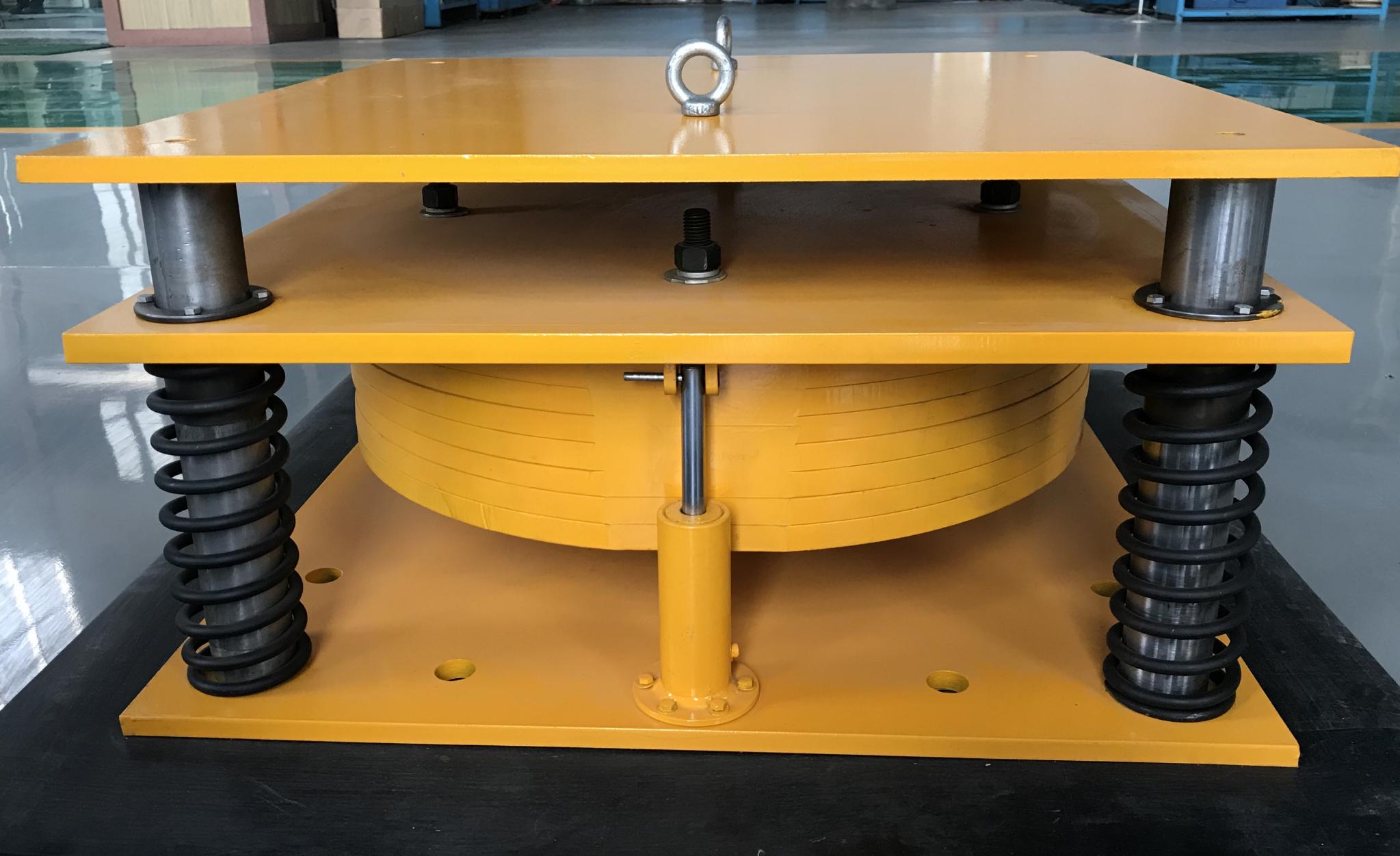We use cookies to enhance your experience. Read our policy so you can understand the types of cookies we use, the information we collect using cookies and how that information is used.Privacy Policy
Close
Confirm choices
A Tuned Mass Damper (TMD), also referred to as a harmonic absorber or seismic damper, is a specialized device installed in structures to mitigate the impact of mechanical vibrations. By reducing the amplitude of vibrations, TMDs effectively prevent discomfort, potential damage, or even structural failure. These dampers find widespread application in various fields such as power transmission, automotive engineering, and the construction of high-rise buildings or slender structures like chimneys. Notably, some renowned examples of structures equipped with TMDs include the Taipei 101 Building and the Shanghai Tower.
Details
Tuned Mass Damper (TMD)
A Tuned Mass Damper (TMD), also referred to as a harmonic absorber or seismic damper, is a specialized device installed in structures to mitigate the impact of mechanical vibrations. By reducing the amplitude of vibrations, TMDs effectively prevent discomfort, potential damage, or even structural failure. These dampers find widespread application in various fields such as power transmission, automotive engineering, and the construction of high-rise buildings or slender structures like chimneys. Notably, some renowned examples of structures equipped with TMDs include the Taipei 101 Building and the Shanghai Tower.
The primary function of a TMD is to stabilize a structure against violent motions caused by harmonic vibrations. This is achieved by incorporating a lightweight component into the system that is specifically tuned to reduce the intensity of worst-case vibrations. In practical terms, TMD systems are typically designed to either shift the main mode of vibration away from troublesome excitation frequencies or to introduce damping to a resonance that would otherwise be challenging or costly to damp directly.

Breakup of a standard TMD

A finished TMD (standard design)
Consult IEC engineers for more info.